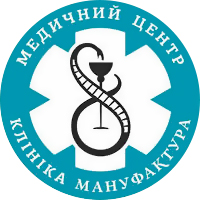Electrical stimulation
Electrical stimulation is a procedure using pulsed currents medical equipment to enhance the activity or to restore the function of certain organs, muscles or nerves. There are used direct impulse currents of different pulse shapes, different durations, their modulation in a series of different durations and frequencies, with different intensities for E-stim procedure.
Pulse stimulation is aimed to bring the cell tissue to excitation state. During electrical stimulation of the motor nerve or muscle, the impulse causes motor excitation, leads to increased blood and lymph flow, providing more intensive metabolism and improving the synthesis of nucleic acids, including RNA. E-stim also enhances the flow of nerve impulses, which are constantly occuring between organs tissues, muscles and the central nervous system. This increases the content of growth hormone, immunoreactive insulin and C-peptide in the blood.
This method of Physical Therapy is included in the rehabilitation both as a privention or treatment.
As a preventive measure electrical stimulation is used to maintain vital activity and muscles nutrition, to prevent their atrophy due to compulsory immobility or reduced mobility, for example, because of the joints disease. The procedure is also prescribed to prevent postoperative phlebothrombosis.
For therapy purposes it is prescribed to restore the function of the damaged motor nerve, in paresis and paralysis due to neuritis of facial muscles, and in the spastic paralysis. Recently, electrical stimulation is often used to normalize the internal organs and systems functioning in case of their maladies. For instance in the disorders like reflux esophagitis, hypotonic biliary dyskinesia, low intestinal motor function, in atonic constipation, after cavity operations and others.
Indications for the electrical stimulation
- motor disorders (paresis, paralysis) due to diseases or injuries of the central or peripheral nervous systems;
- motor or closure function disorders of a stomach, intestines, bile ducts, bladder, ureters, uterus and its annexa;
- muscle stimulation to improve peripheral arterial and venous circulation, lymphatic drainage;
- stimulation of the diaphragm and muscles of the anterior abdominal wall to improve breathing;
- increase and strengthening of muscle mass;
- scoliosis and other spine diseases;
- astysia.
Make an appointment
Your name
Phone number
Direction
Desired date
Comment










